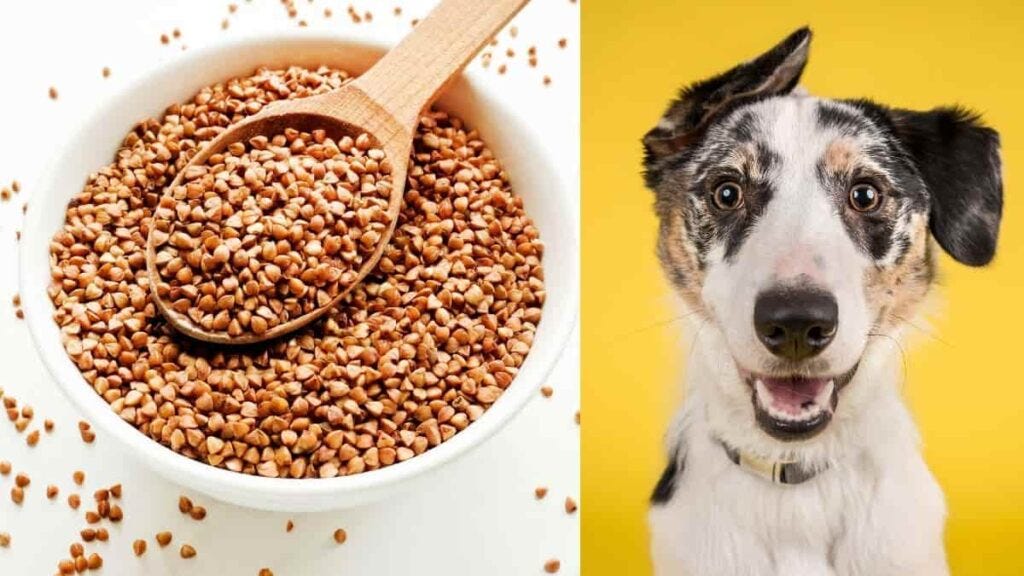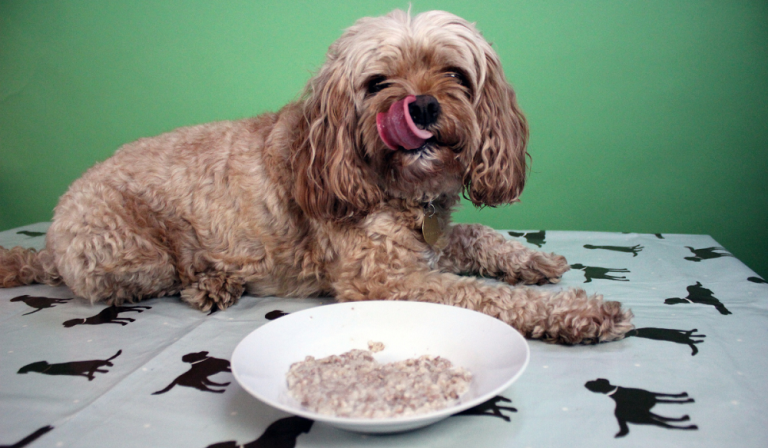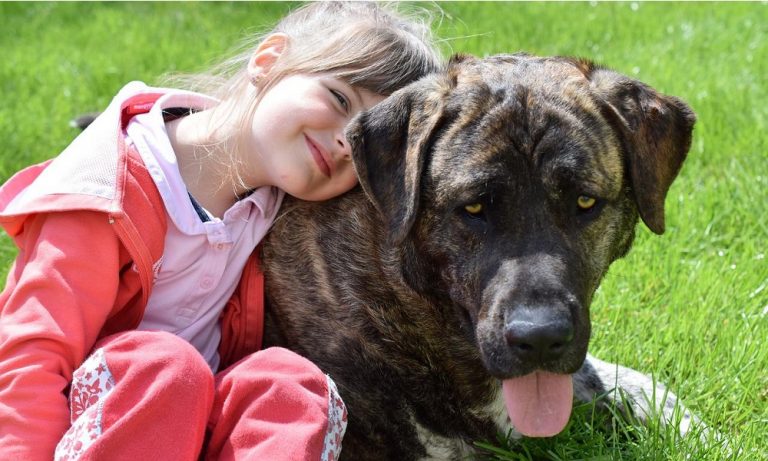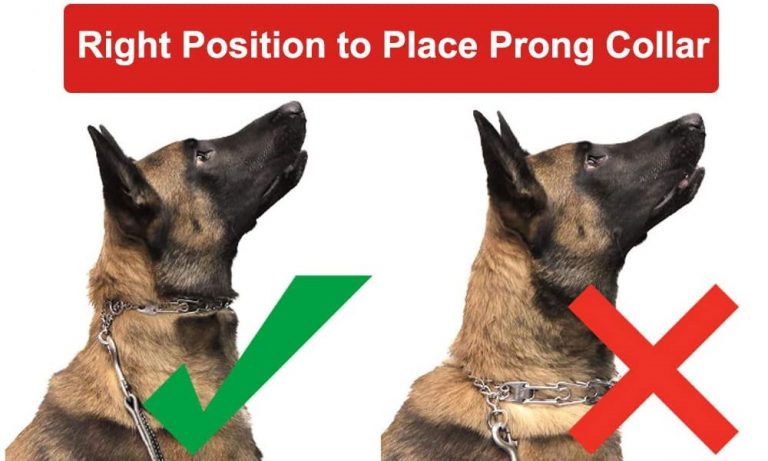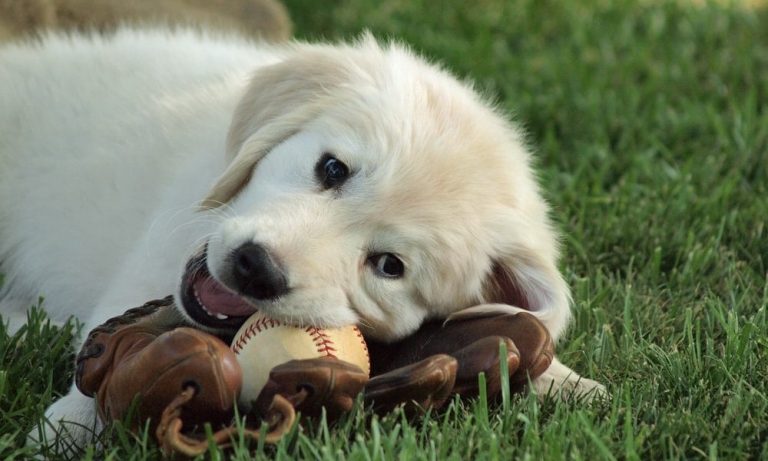Can Dogs Eat Buck Wheat?
Dogs can eat buckwheat, but it’s best to give them in moderation. Buckwheat is high in fiber and is a great source of essential minerals like iron, magnesium, phosphorus and manganese. It also contains protein and B vitamins which will help support your pup’s overall health.
Buckwheat has anti-inflammatory properties that may help keep your dog’s digestive system functioning properly. Additionally, because it is gluten free, this grain makes an excellent alternative for dogs with food allergies or sensitivities to wheat products.
Just be sure to prepare the buckwheat properly – soak overnight before serving as raw grains can cause intestinal blockage if not ground into smaller pieces first.
Is Buckwheat Or Rice Better for Dogs?
When it comes to deciding which grain is better for dogs, buckwheat or rice, the answer depends on your dog’s individual needs. Buckwheat is high in protein and fiber, making it a great choice for active dogs who need the extra energy boost.
It also contains essential vitamins and minerals such as magnesium, zinc and iron that are beneficial for overall health. Rice is easy to digest and can provide quick energy without overloading your pet’s system with unnecessary fat or calories.
Additionally, some studies suggest that white rice may even help reduce inflammation related to allergies or arthritis.
When choosing between buckwheat or rice for your dog’s dietary needs you should consider their activity level as well as any special dietary requirements they have before making a decision on which one will work best.
Who Cannot Eat Buckwheat?
People who are allergic to buckwheat cannot eat it and should avoid buckwheat-based products. Buckwheat is a member of the plant family Polygonaceae, which includes other grains like sorghum, quinoa, and amaranth. People with allergies to these plants may also be allergic to buckwheat.
Additionally, people with gluten sensitivities or celiac disease should not eat buckwheat as most varieties contain small amounts of gluten proteins. People on specific diets such as paleo or vegan diets might want to check their dietary guidelines before consuming foods made from buckwheat.
Lastly, those on a low-salt diet should know that some products made from buckwheat contain added salt for flavor enhancement purposes so they should read labels carefully when buying processed items containing this grain in order to get an accurate picture of what’s inside the packaging.
Can Dogs Eat Millet And Buckwheat?
Yes, dogs can eat millet and buckwheat! Millet is a small-seeded cereal grain that is high in fiber, minerals and vitamins. It’s also low in fat, making it a great addition to your pup’s diet.
Buckwheat is another whole grain with an impressive nutritional profile—it’s packed with protein, B vitamins and iron. Both grains are gluten-free which makes them ideal for pets who have allergies or sensitivities to wheat products.
As always when introducing new foods to your pet’s diet, start slowly by adding only a small amount of either grain at first so you can monitor how they react before feeding larger portions regularly.
When served cooked rather than raw, these two grains make excellent additions to any pup’s mealtime routine!
Why is Buckwheat Hard to Digest?
Buckwheat is a nutritious and delicious grain that has been enjoyed for thousands of years. But it can be difficult to digest, even for the most experienced eaters. That’s because buckwheat contains high levels of phytic acid, also known as an antinutrient.
This means that buckwheat binds to important minerals like calcium, iron, zinc and magnesium in the digestive system and makes them less available for absorption – which can make digestion more challenging.
Additionally, buckwheat contains a large amount of fiber which can further contribute to difficulties with digestion if consumed in excess or if individuals are not used to eating high-fiber foods regularly.
While there are ways to reduce its difficulty level such as soaking overnight before cooking or consuming smaller portions at each mealtime – it’s important to note that some people may still experience digestive issues when consuming this otherwise healthy food item.
Can Dogs Eat Cooked Buckwheat?
Yes, dogs can eat cooked buckwheat. It is a great source of dietary fiber and offers numerous health benefits for your pup. Buckwheat is an excellent source of minerals like magnesium, zinc and manganese, which help to support healthy bones and muscles in dogs.
It contains amino acids that are important for proper muscle development and energy production. When adding any new food to your dog’s diet it’s always best to speak with your vet first as some pups may have specific dietary restrictions or allergies.
How to Prepare Buckwheat for Dogs?
When preparing buckwheat for dogs, it’s important to make sure that the grain is cooked thoroughly. Boil two cups of water in a pot and add one cup of raw buckwheat groats or flakes.
Reduce the heat to low and simmer for about 15 minutes, stirring occasionally until the grains are soft and cooked through. Once finished cooking, allow to cool before serving to your pup!
Can Dogs Eat Millet?
Dogs can eat millet as a treat, but it should not be a large component of their diet. Millet is high in carbohydrates and low in protein, which means it should only make up a small percentage of your dog’s daily caloric intake.
Additionally, because some dogs are sensitive to grains like millet, it is important to introduce this food slowly into your pup’s diet and monitor for any signs of digestive upset such as diarrhea or vomiting.
Conclusion
Buckwheat can be a great addition to your dog’s diet. When fed in moderation, it is an excellent source of fiber and nutrients that help keep your pup healthy.
However, it should not be given as a single food item or replace regular meals since it does not contain the same balance of proteins, fats, and carbohydrates as other foods do.
If you decide to give your dog buckwheat in any form, always consult with your veterinarian first for advice on how much and how often to feed.
